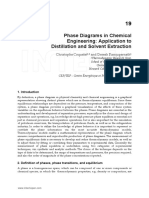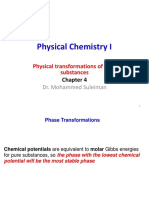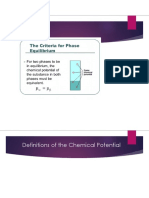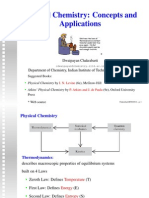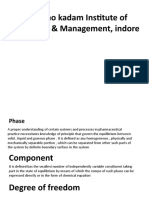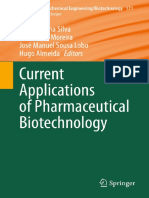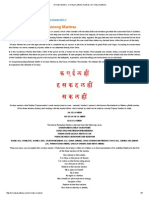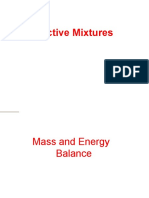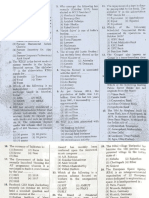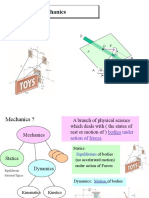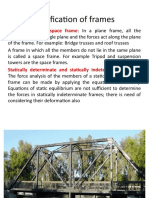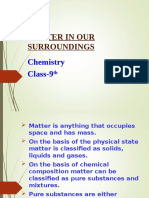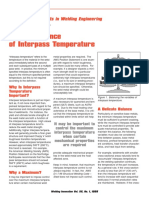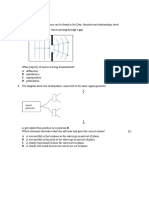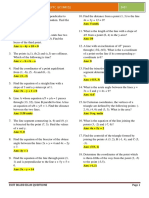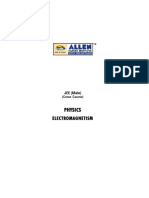0% found this document useful (0 votes)
129 views67 pagesChemical Potential for Chemists
This document discusses the concept of chemical potential. It begins by defining chemical potential and explaining how it relates to Gibbs free energy and drives mass transfer. It then covers the calculation of chemical potential for ideal gases, real gases using fugacity, liquids, and multicomponent systems using the Gibbs-Duhem equation. The rest of the document discusses applications of chemical potential to phase equilibria in one-component systems including phase diagrams, stability, and transitions.
Uploaded by
PuneetCopyright
© © All Rights Reserved
We take content rights seriously. If you suspect this is your content, claim it here.
Available Formats
Download as PPTX, PDF, TXT or read online on Scribd
0% found this document useful (0 votes)
129 views67 pagesChemical Potential for Chemists
This document discusses the concept of chemical potential. It begins by defining chemical potential and explaining how it relates to Gibbs free energy and drives mass transfer. It then covers the calculation of chemical potential for ideal gases, real gases using fugacity, liquids, and multicomponent systems using the Gibbs-Duhem equation. The rest of the document discusses applications of chemical potential to phase equilibria in one-component systems including phase diagrams, stability, and transitions.
Uploaded by
PuneetCopyright
© © All Rights Reserved
We take content rights seriously. If you suspect this is your content, claim it here.
Available Formats
Download as PPTX, PDF, TXT or read online on Scribd
/ 67



